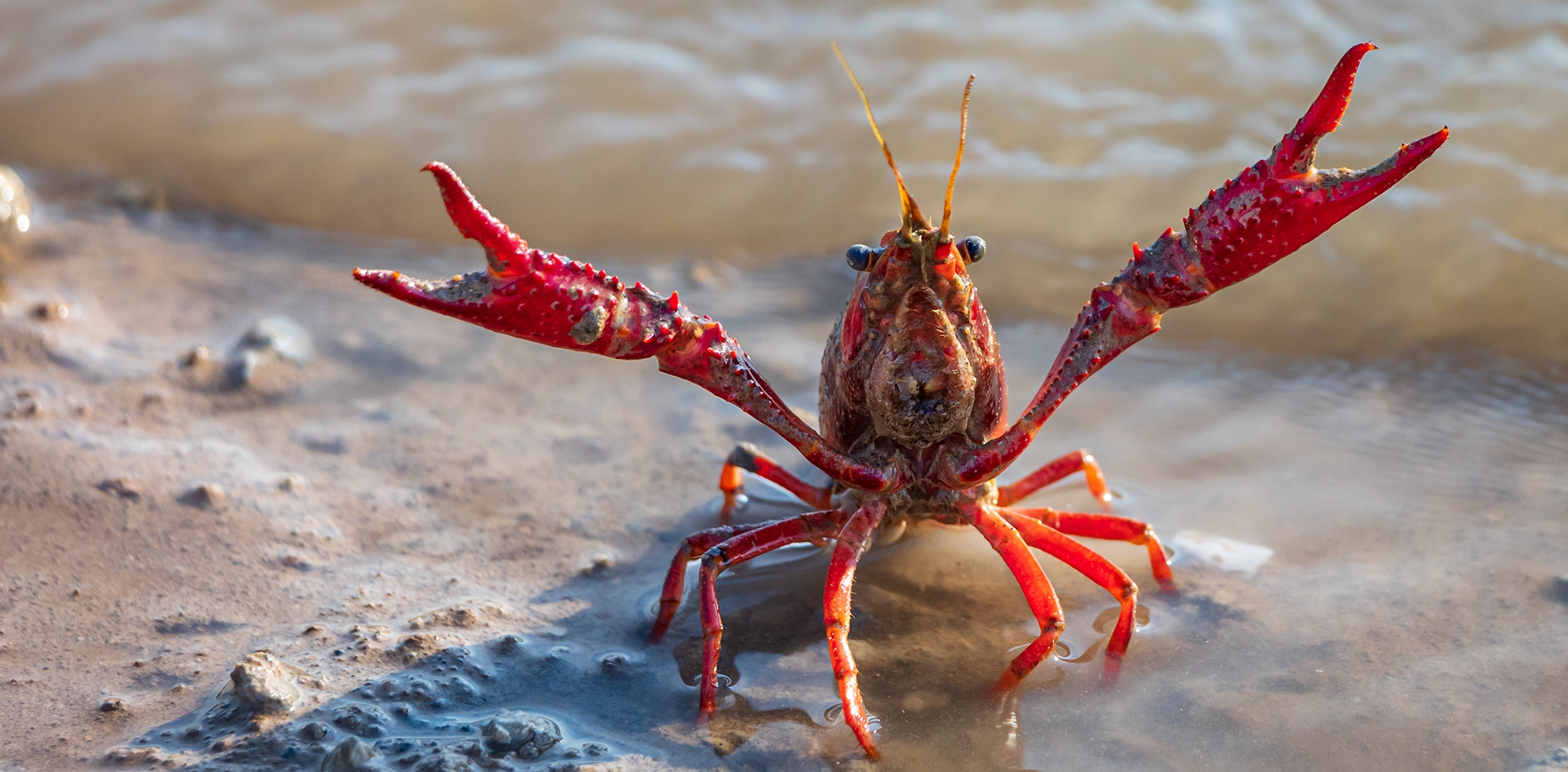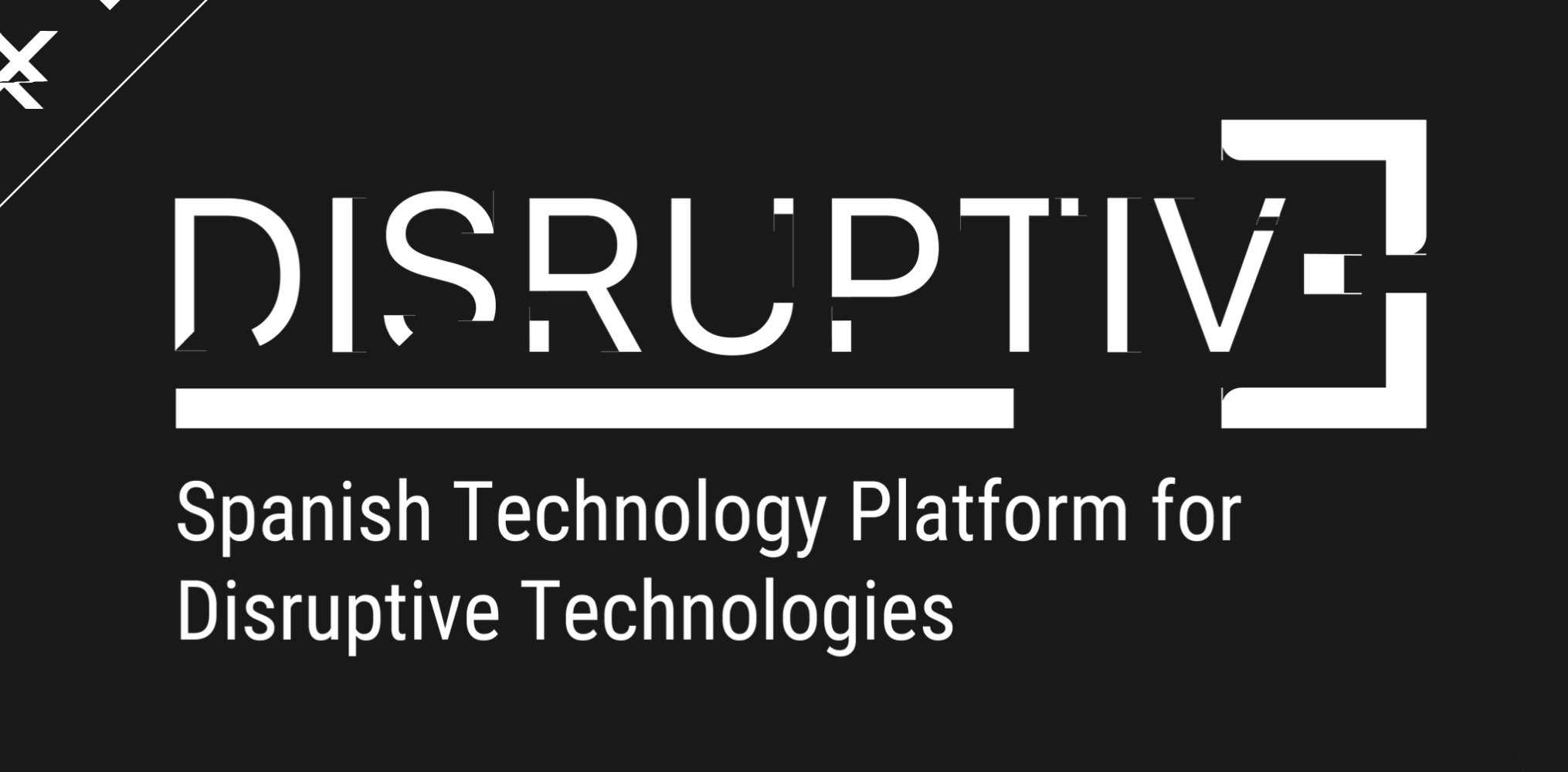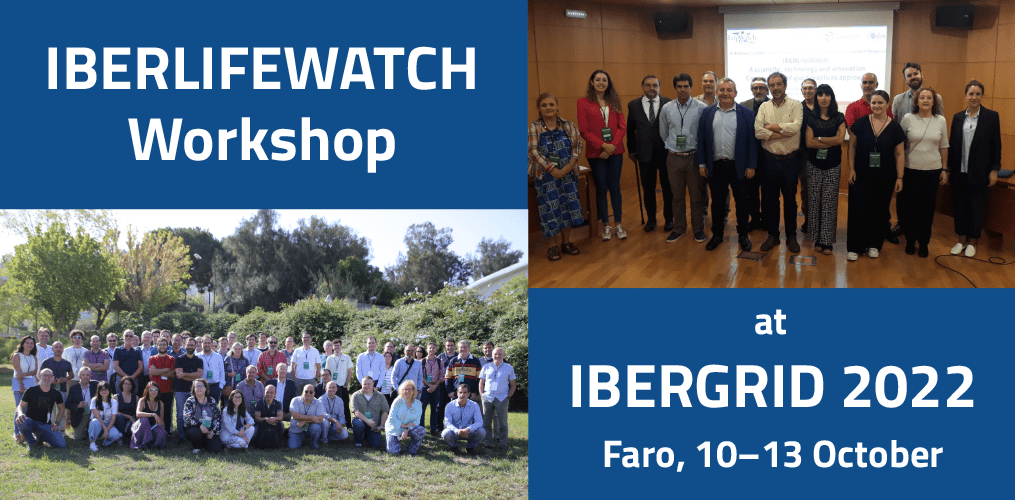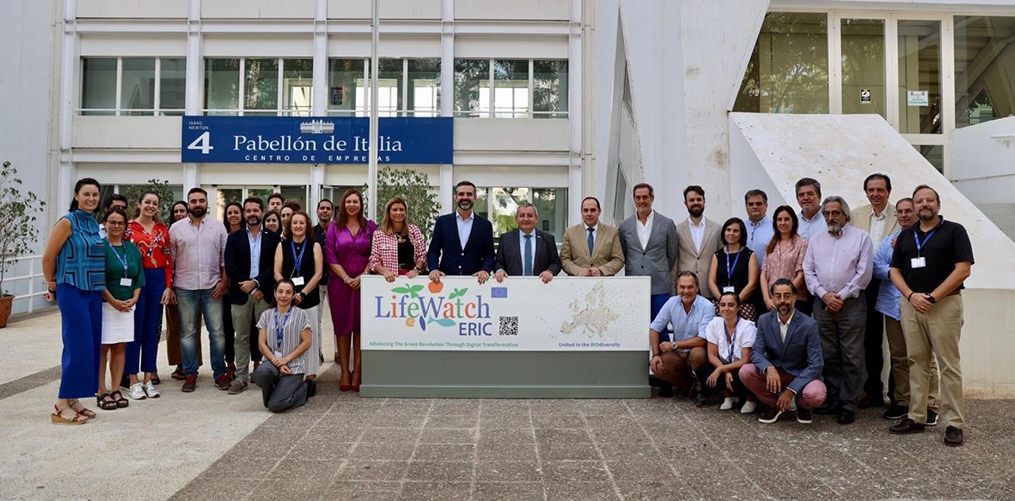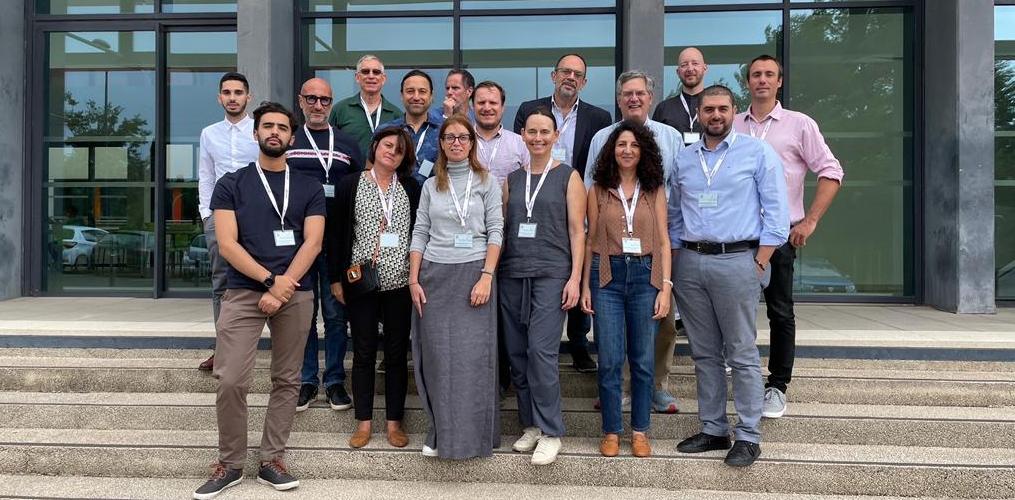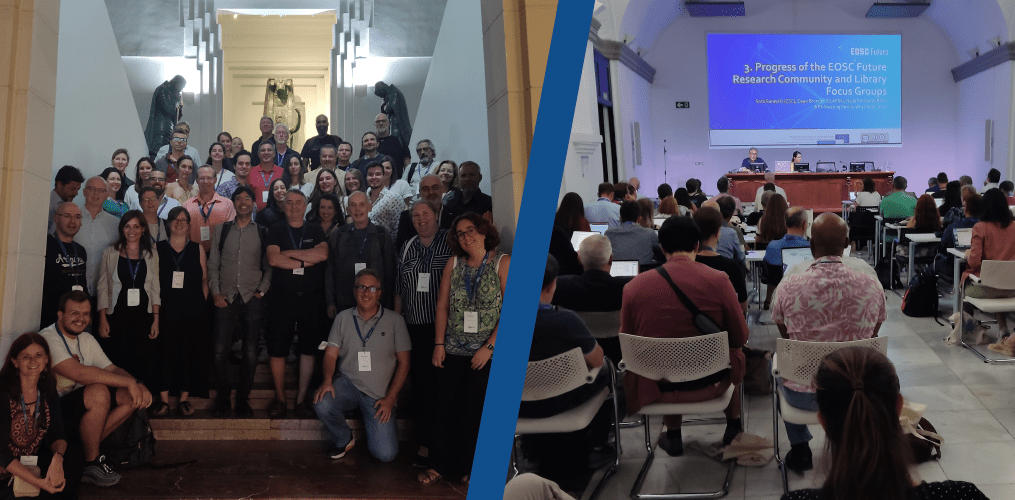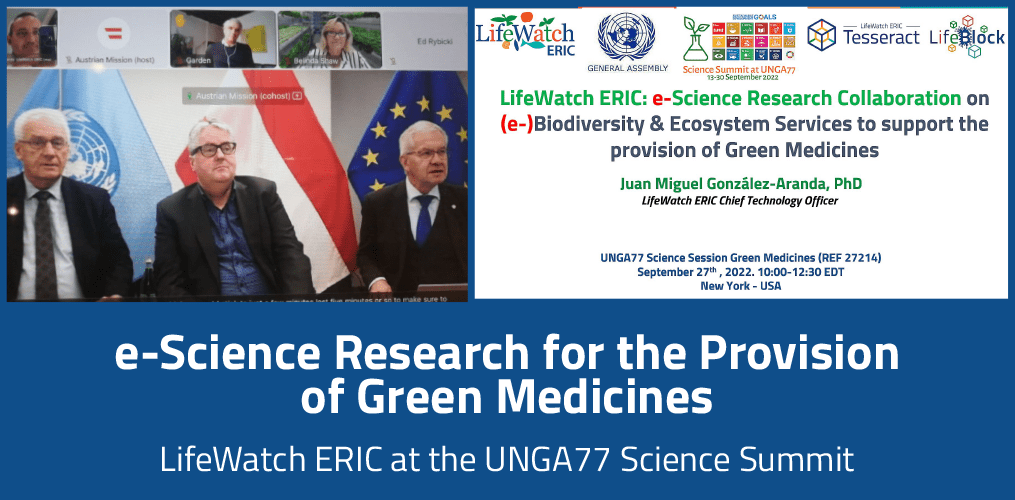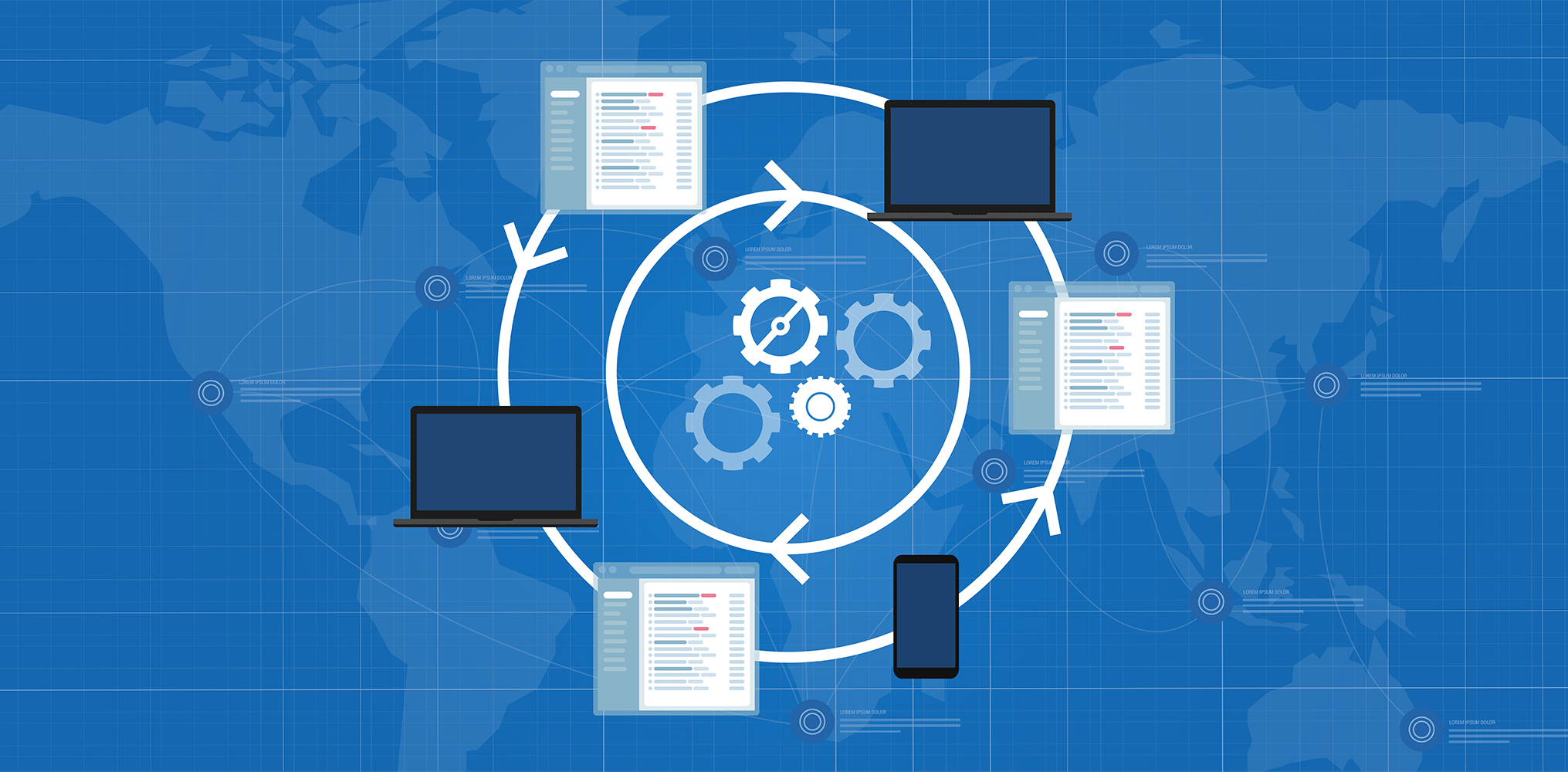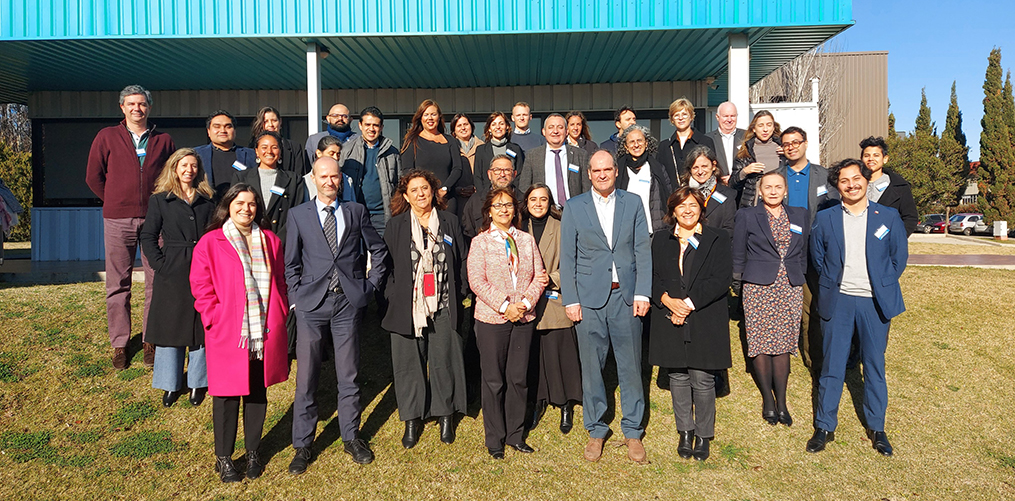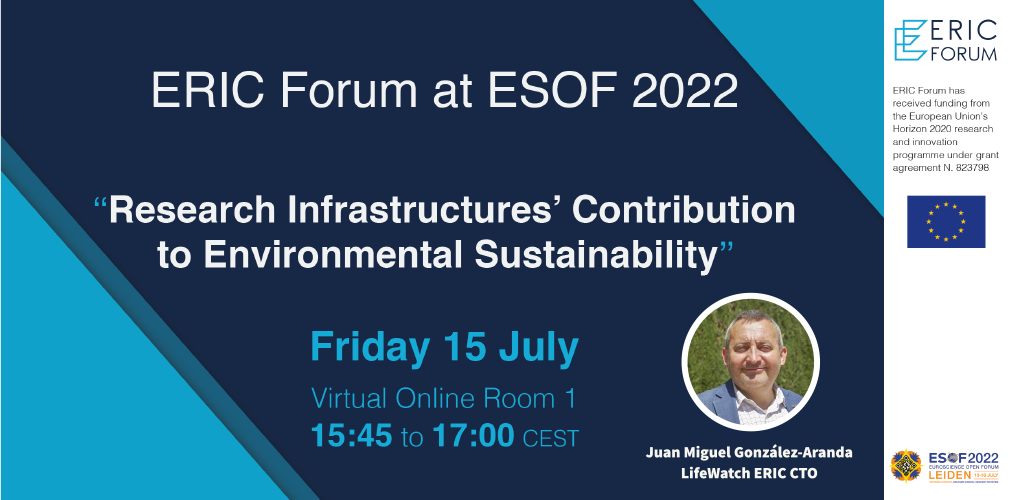The “LifeWatch ERIC Collection of Data and Services Papers” published in the Biodiversity Data Journal is dedicated to the resources and assets developed, upgraded and used during the implementation of the Internal Joint Initiative (IJI), our flagship project focused non-indigenous and invasive species (NIS). Following the debut paper “An individual-based dataset of carbon and nitrogen isotopic data of Callinectes sapidus in invaded Mediterranean waters” (Di Muri et al.) in January, a second open-access data paper in this series was published on 20 October 2022, entitled “Individual and population-scale carbon and nitrogen isotopic values of Procambarus clarkii in invaded freshwater ecosystems” (Di Muri et al.).
Freshwater ecosystems are amongst the most threatened habitats on Earth; nevertheless, they support about 9.5% of known global biodiversity while covering less than 1% of the globe’s surface. One such threat are NIS such as the Louisiana crayfish, Procambarus clarkii. Crayfish species are widely-distributed freshwater invaders and, while alien species introductions occur mostly accidentally, alien crayfish are often released deliberately into new areas for commercial purposes. Native to the south United States and north Mexico, P. clarkii has been introduced in Europe, Asia and Africa, having negative impacts in the majority of invaded habitats where it became dominant, meaning it had become essential to evaluate the ecological consequences and quantify its impact.
The paper presents two geo-referenced datasets of isotopic signatures of the Louisiana crayfish and its animal and vegetable prey in invaded inland and brackish waters. To the best of the authors’ knowledge, this effort represents the first attempt to collate in standardised datasets the sparse isotopic information of P. clarkii available in literature. The datasets provide a spatially explicit resolution of its trophic ecology and can be used to address a variety of ecological questions concerning its ecological impact on recipient aquatic food webs.
The research was carried out within the context of the IJI, more specifically the ‘Crustaceans Workflow’, one of the validation cases used to develop an interdisciplinary Virtual Research Environment that utilises disruptive technologies to deal with the impacts of NIS on native species, genetic diversity, habitats, ecosystem functioning and services, and to inform current practices in environmental management and policy implementation. Stay tuned for the next paper!
